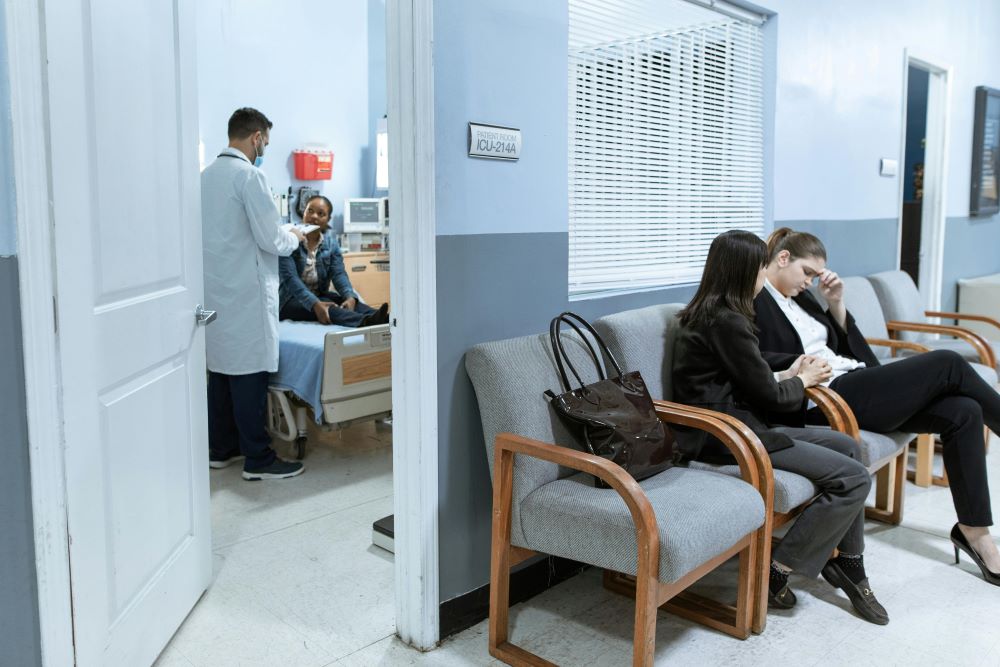New research finds a connection between daylight savings and negative health outcomes.
A recent study spanning three decades of malpractice claims has unearthed a concerning connection: medical malpractice incidents appear to be more severe during the months when daylight saving time is observed in the United States. The findings shed light on the potential impact of temporal shifts on healthcare outcomes and decision-making processes.
Published in the Journal of Clinical Sleep Medicine, the study analyzed over 288,000 malpractice claims from January 1990 to September 2018 sourced from the National Practitioner Data Bank, offering insights into the acute and chronic effects of daylight saving time on medical errors and associated costs.
Lead investigator Michael Scullin, an associate professor of psychology and neuroscience at Baylor University, remarked on the significance of these findings, noting the connection between the spring daylight saving shift and various health-related issues such as sleep disturbances and cardiovascular events. The study’s revelations highlight a previously overlooked aspect of the time change: its potential influence on medical errors and malpractice litigation.
The essence of daylight saving time revolves around the notion of artificially advancing clock time by an hour, disrupting the alignment between clock time and solar time. This disruption, rooted in the misalignment of the human circadian rhythm—a biological clock governing sleep-wake cycles—and external cues like sunlight, can significantly impact sleep patterns, alertness, mood, and cognitive performance.

The study uncovered a distinct pattern: during daylight saving time, both the severity of medical malpractice incidents and the frequency of payment decisions were notably higher compared to standard time months. Even in the week following the spring transition to daylight saving time, payment decisions remained elevated, suggesting a lingering impact on decision-making processes.
Chenlu Gao, the study’s lead author and a postdoctoral research fellow at Massachusetts General Hospital, emphasized that while the study couldn’t establish causality, it hinted at a potential link between daylight saving time and adverse healthcare outcomes. Gao posited that prolonged exposure to daylight saving time might lead to cumulative circadian misalignment, exacerbating the risk of medical errors and subsequent legal evaluations.
The research team’s analysis compared claims before and after the springtime change to assess acute effects and juxtaposed malpractice incidents during daylight saving time with those during standard time months to gauge chronic effects. Control states, notably Arizona, Hawaii, and Indiana (until April 2006), which adhere to permanent standard time, were included in the comparison.
The implications of this concerning connection extend beyond the world of healthcare, urging stakeholders and policymakers to reconsider the utility of daylight saving time for public well-being. The study highlights the need for a comprehensive reevaluation of temporal practices to mitigate potential risks associated with circadian disruption.
The findings of the study shed light on a previously overlooked aspect of daylight saving time’s impact on healthcare. It emphasizes the need for further investigation into the broader implications of this time shift on medical practices and patient outcomes.
With mounting evidence pointing to the adverse effects of daylight saving time transitions, including a concerning connection to negative healthcare outcomes, stakeholders and policymakers may need to reconsider its implementation. Addressing these concerns could contribute to the well-being of the general public by minimizing the risks associated with medical errors during this time.
Ultimately, such research prompts a critical reevaluation of daylight saving time policies to ensure they align with public health priorities.
Sources:
Medical malpractice incidents are more severe during daylight saving time, new study finds
Medical malpractice litigation and daylight saving time
Increased Patient Safety-Related Incidents Following the Transition into Daylight Savings Time
Medical malpractice incidents are more severe during daylight saving time


Join the conversation!